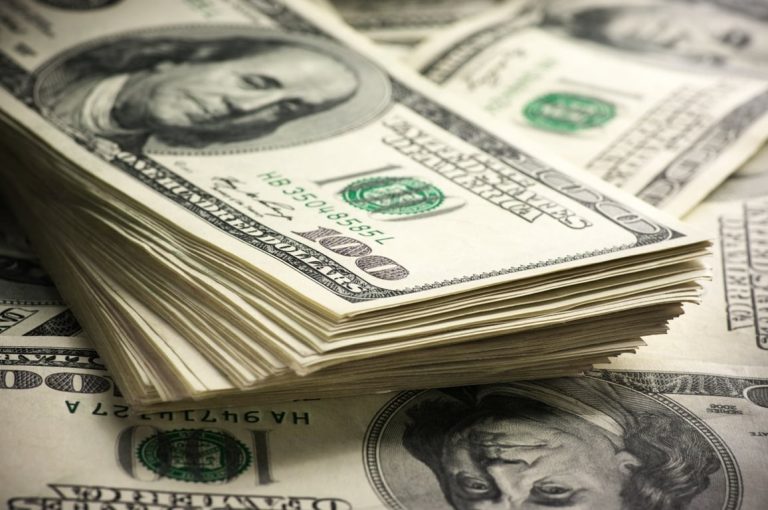the main points:
- The US dollar reaches 103.575: Following the Federal Reserve's decision to maintain interest rates, the US dollar reached its highest level in almost seven weeks.
- The Fed's decision affects expectations: Jerome Powell's comments on inflation prompted Goldman Sachs to forecast interest rate cuts starting in May, shifting from a previous forecast in March.
- The euro falls to 1.0791: In anticipation of Eurozone inflation data, the Euro fell slightly, with the CPI expected to be close to the ECB target.
- The European Central Bank is likely to cut interest rates: Comments from European Central Bank Governor Joachim Nagel have increased market expectations for an interest rate cut in April.
- Asian currency changes: The yen strengthened against the dollar, while the yuan rose amid slowing economic recovery indicators.
- The effect of interaction between global currencies: Fluctuations in major currencies such as the US dollar, euro, yen and yuan underscore their interconnected impact on global trade and the economy.
In early European trading on Thursday, the US dollar saw a notable increase, rising near a seven-week high. This rise came on the heels of the Federal Reserve's decision to maintain interest rates, which reduced expectations for a rate cut in March. The Dollar Index (DXY) measures the value of the dollar against a basket of six other currencies. It was trading up 0.5 percent to 103.575, approaching its highest levels since mid-December. Federal Reserve Chairman Jerome Powell's comments, which emphasized persistent inflation and ruled out monetary easing in the near term, further strengthened the US dollar. As a result, Goldman Sachs has revised its forecasts and now expects the Fed to begin interest rate cuts in May, not March, with a total of five 25 basis point cuts expected in 2023.
The euro falls to 1.0791 and eyes are on the European Central Bank with the CPI expected at 2.7%
Ahead of the release of key euro zone inflation data, the euro saw a slight decline, trading 0.2% lower at 1.0791. The Eurozone CPI is expected to fall to 2.7% in January from 2.9% in December, approaching the European Central Bank's target of 2%. Recent comments by European Central Bank policymaker Joachim Nagel, pointing to a successful battle against inflation, point to the possibility of lower interest rates. This has led to a 60% market expectation of a rate cut by the European Central Bank in April, according to ING analysts.
Asian currency dynamics: Yen rises to 146.75 and Yuan to 7.1830
In Asian markets, the USD/JPY pair fell 0.1% to 146.75, with the yen rising slightly. The move followed the minutes of the Bank of Japan's January meeting, indicating discussions about shifting from an ultra-pessimistic monetary stance. At the same time, as USD/CNY noted, the Chinese Yuan rose 0.2% to 7.1830. The yuan remains under pressure due to data indicating a slowdown in the economic recovery, in contrast to the strength of the yen. Market watchers are watching these shifts closely as global currencies navigate economic data and central bank policies. The interaction between the US dollar, the euro, and Asian currencies highlights the interconnectedness of global financial systems, with each development having major consequences for global trade and economic stability.

